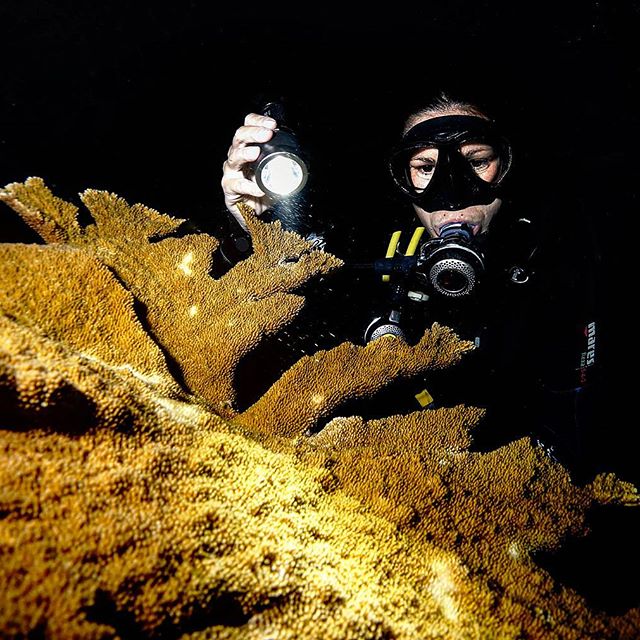
The ocean is in constant motion. Driven by a vast network of interconnected currents, the sea is an endless river. This rush of water transports nutrients and energy that fuel not only our weather but also life as we know it. Most times, scuba divers are just along for the ride. And sometimes that ride can be quite a thrill — or a nightmare.A gentle, consistent current offers a magic-carpet ride for drift divers. But when the speed increases and direction becomes unpredictable, we can be caught off-guard. With the proper training, planning, and precautions, divers can manage strong, erratic currents to increase both their safety and their enjoyment.
wreck diving lights
“Currents are responsible for some for the richest, liveliest reefs, and the most abundant large pelagic sightings,” says Elly Wray, a Florida-based professional underwater photographer, and instructor since 2007.“We actually consider currents as a beneficial environment,” says Gerry Carroll, owner of Jupiter Dive Center on the Treasure Coast of Florida. “We call it ‘lazy-man diving’ — go to the bottom, get neutral, and just go along for the ride. It’s nice and relaxing.”The Straits of Florida are like diving in a river,” says Dan Dawson, owner of Horizon Divers in Key Largo. “The currents vary from day to day and even from morning to afternoon; when the current changes during a dive, it can get a little tricky.”Combined, these dive pros have a lifetime of experience dealing with currents, so take their advice the next time you ride the invisible wave.
DON'T FIGHT THE FLOW
With a consistent, moderate push from the Gulf Stream just offshore, the southeastern coast of Florida offers divers world-class drift diving among healthy reefs. For area operators, currents are a serious draw for scuba divers, and they’ve perfected the process based on a few simple principles.
“You can’t fight the current,” says Carroll, who has been diving for 20 years and exploring the reefs of Jupiter for more than a decade. “Where we can run into issues with our recreational guests doing drift dives is when people try to resist it.”
According to Carroll, maintaining proper buoyancy is the key ingredient to enjoyment and safety for both divers and the environment — along with not trying too hard.
“The most common mistake we see divers new to currents make is that they swim too much,” he explains. “If a diver is swimming along with the current, they’re traveling way too fast along the reef to enjoy the dive and see what there is to be seen.
Staying low to the reef and utilizing topography to find protection from the flow is another smart strategy he recommends to help manage a current. Plus, use the local inhabitants for clues.
“There are areas on a reef where you can get behind features and find shelter,” says Carroll. “You’ll typically find a lot of schooling fish there because they take advantage of it as well. They’ve already figured it all out, and we’re just learning, so it’s nice to be able to drift along, see a nice school of fish, and swim toward it to find that the current in that area is a lot less.”
<To be continued...>
Copyright 2019-2024 www.nitesunlight.com
Address: 7F, Building 6, Yusheng Industrial park, Gushu, Bao' an District, Shenzhen, Guangdong 518102,China
Tel: +86 15815571541 E-mail:info@nitesunlight.com